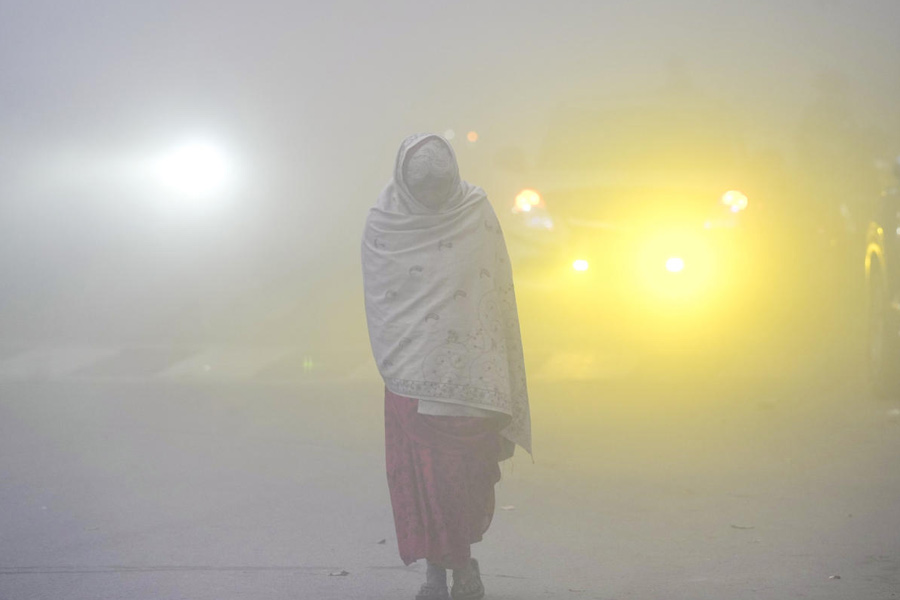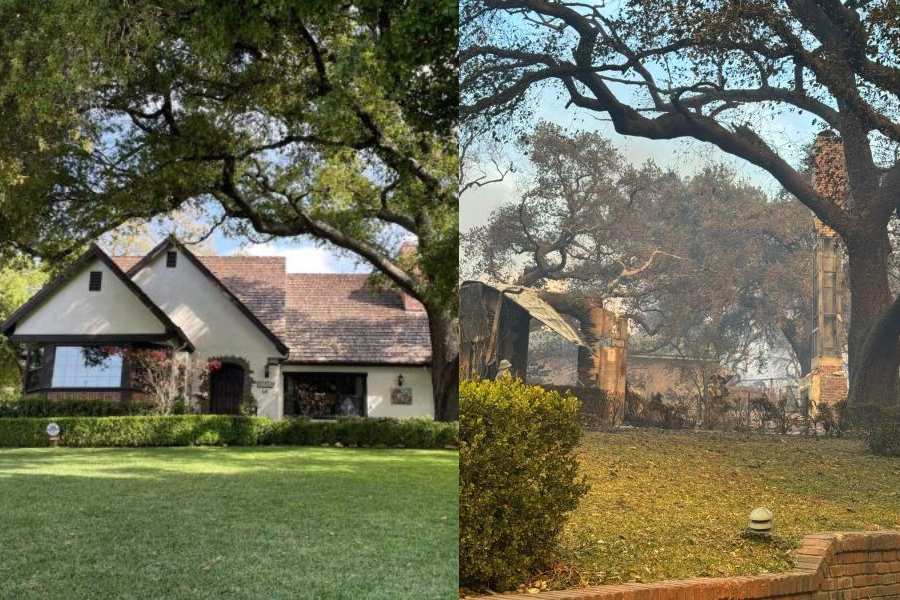A herd of 22 elephants including five calves that entered Dhanbad about a fortnight ago from Jamtara and roamed all across Tundi, reached Kanjia Pahad, a row of scenic hillocks in Nirsa block, on Wednesday, affording some relief to forest officials who had been keeping a close watch on the herd since five days to avoid human-elephant conflict.
Talking to The Telegraph, Dhanbad forest officer Vijay Kumar Lakra said the elephants, after arriving in Nirsa from Tundi, shifted to Kanjia Pahad, “a natural elephant habitat”.
“There is no tension when a herd remains in dense forests, but the situation gets difficult as soon as these elephants reach densely populated human settlements,” Lakra said. “We faced this situation since the last five days when elephants were moving from Tundi towards Laghata area of Nirsa during which they damaged standing crops on the fields at Laghata.”
He said the hillocks of Kanjia Pahad had sufficient vegetation and water for the herd.
“The herd is likely to stay here at the hillocks for some time as the area has bamboo forests and water bodies. From here, the herd of elephants is likely to move towards Jamtara again,” said Lakra.
“But right now, the level of water is high in Barakar river, which falls on the route. Even elephants will face problems in crossing the river at present. I think they’ll wait till the water recedes,” the forest officer said.
He added that they were spreading awareness among villages nearby on the dos and don’ts to safeguard against human-animal conflict. “Our focus at present is towards awareness among villagers about the do’s and don’ts during the arrival of elephants to avoid conflict with them. We are asking them not to venture out alone late at night and not store mahua of any other intoxicant in their homes. Elephants are attracted toward mahua,” Lakra said.
He added that they had alerted men with torches to ward away herds from villages. “But we won’t disturb them at all in their natural habitat. I think they will be anchored here for the next three months in the hills,” the forest officer added.











